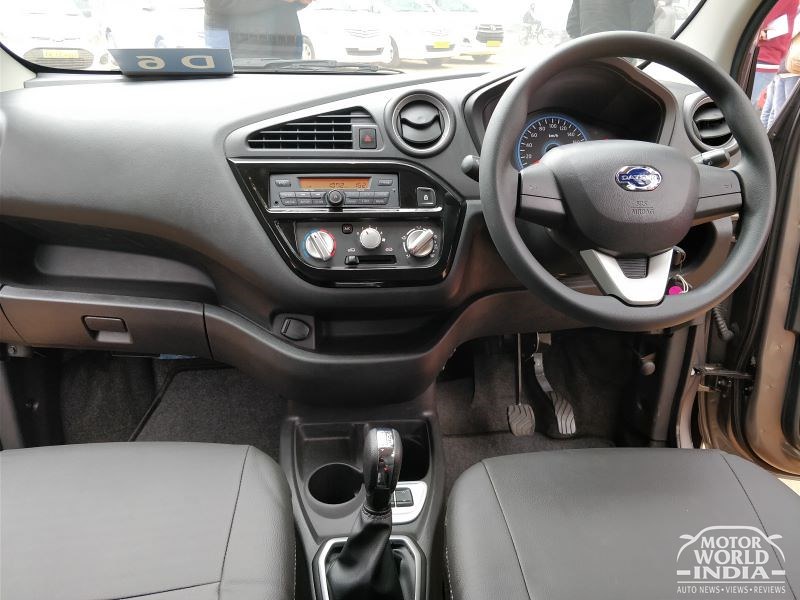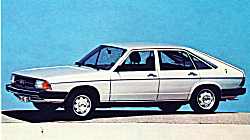

Coasting mode analysis
Figure 6 shows the six major reasons for entering coasting mode defined in the analysis. Various other reasons were summarized in a category and the image was summed up to 100 percent in a pie chart in order to obtain a better assessment. For the sake of completeness, it must be mentioned here that there may very well be other reasons for starting the coasting mode.
The most frequent reason why a driver took his foot off the gas pedal and the car changed to coasting was upcoming deceleration due to driving dynamics, such as a curve (25.9 %), followed by deceleration due to the driving situation, for instance when approaching a yield sign (21.6 %), as well as a slower vehicle in front of the driver’s car (19.2 %). Other important reasons include inclines and various other factors (14.9 %), speed limits (12.4 %) and stop signs (2.8 %).Figure 6 Reasons for entering coasting mode
AnalysisFigure 7 Number of coasting operations in various driving situations
Figure 8 Evaluation of potential implementation variants for coasting mode
The diagram shows that the full coasting potential can only be utilized if the driver’s intention is recognized for a specific situation based on the pedal signals, the engine is always turned off during coasting and coasting mode is used until the vehicle stands still. With this constellation, the consumption benefit that can be achieved with coasting is at around 5 %. Without coasting in the lower gears (1, 2 and 3) for deceleration and with a simpler control strategy, the consumption benefit (and thus the benefit with regard to CO₂ emissions) achieved around 3 % based on measurements by Schaeffler.
Result and conclusion of the analyses
Schaeffler also performs numerous test drives with customers to analyze additional questions related to coasting. So far, more than 500 coasting test drives have been completed. One important question has been whether a dynamic start with the help of the clutch while the vehicle is rolling after exiting the coasting mode is desirable from the customer’s point of view if the gas pedal is actuated while coasting. From a technical standpoint, a dynamic start is a feasible alternative for a restart with a belt-driven starter generator. The result of the test drives, however, was that many customers rate a dynamic start as having too great a loss of comfort. Vehicle deceleration was felt to be particularly annoying below third gear. That is why a dynamic start without a belt-driven starter generator as a low-cost alternative is only suitable for simple coasting strategies in which only the higher gears are intended for coasting when the internal combustion engine is turned off.
Figure 9 Recommendations for manual transmission automation
IV. Example of an automated clutch application
Potential solution
The technical solution consists of combining the automated clutch actuation (E-Clutch) with a P0 hybrid concept for vehicles with manual transmissions. The components of this approach include:
• A driving strategy to optimize consumption and emissions
• The automated actuation of the clutch based on the current driving situation
• The best possible recuperation irrespective of the driver’s clutch operation
• The Modular Clutch Actuator (MCA) described above.
Advantages under real driving conditions
Figure 10 shows the advantages of automated clutch actuation under real driving conditions by comparing a stop without an E-Clutch (top) and with an automated clutch (below).
Figure 10 Stop from 50 kph without and with an automated clutch
Figure 11 Driving strategies with automated clutch on approaching a city limits sign and when passing other cars
The bottom of the figure shows a scenario in which coasting and recuperation are followed by passing another car. The driver takes the foot off the gas pedal and does not brake yet. Now the clutch can be opened, and the internal combustion engine turns off in the first phase in order to start coasting. When the driver brakes, the recuperation process starts through the generator while the internal combustion engine is rotating without injection. Next, when passing another car (driver steps down on the gas pedal), the electric motor can support the acceleration by the internal combustion engine by boosting during the recuperation process.
Cost evaluation
Figure 12 shows consumption benefits and system costs per gram of CO₂ saved per kilometer driven comparing systems without and with an automated clutch. In a hybrid system without an E-Clutch, the advantage in the WLTcc cycle is 5 %, but only 3.5 % under real driving conditions. That is why system costs per gram of CO₂ saved increase from 84 to 119 euros. By contrast, a system with an automated clutch achieves a consumption benefit of 8 % in real operation, and the system costs per gram of CO₂ saved are only 69 euros. Here payback on the investment in an E-Clutch in addition to the belt-driven alternator starter is at a level of 30 €/g CO₂/km. This make it an attractive idea.

Figure 12 CO₂ reduction and system costs using the example of a manual transmission in a 48 V hybrid concept in P0 arrangement
V. Summary
Manual transmissions are widely used all over the world and, even though the percentage of their market share is expected to decrease slightly over the next few years, their absolute numbers will continue to grow. For this reason, the further optimization of their CO₂ efficiency is an important element in reaching global climate goals. The automation and electrification of manual transmissions play an essential role.
This paper has shown three approaches. The MTplus actuator concept maintains the mechanical or hydrostatic connection between the clutch pedal and the clutch, while the connection is purely electronically using the CbW and ECM concepts with a Modular Clutch Actuator (MCA), and, in the latter, the clutch pedal is eliminated. Extensive field tests to analyze driving strategies with automated clutches, in particular with regard to coasting mode with the engine turned off, have produced two favorite concepts: MTplus as a budget solution and ECM with a 48 V hybridization in P0 or P1 arrangement to utilize the full CO₂ potential, in particular through the combination of coasting and recuperation. Various real-life driving situations were shown.
An evaluation of costs finally shows: The automation and hybridization of manual transmissions not only offers additional driving functions, comfort characteristics and operational safety. It is also reasonable with regard to forthcoming emissions legislation.

No comments:
Post a Comment